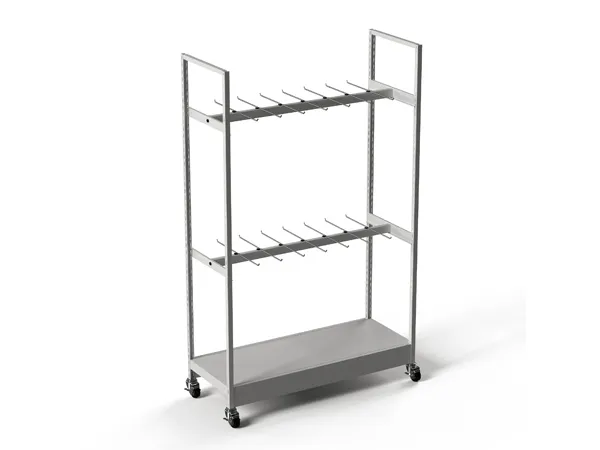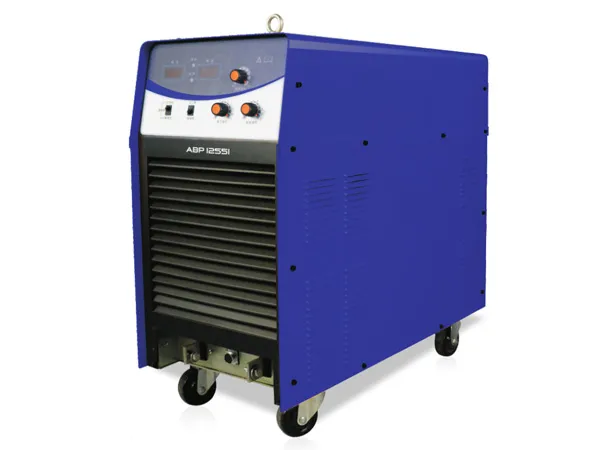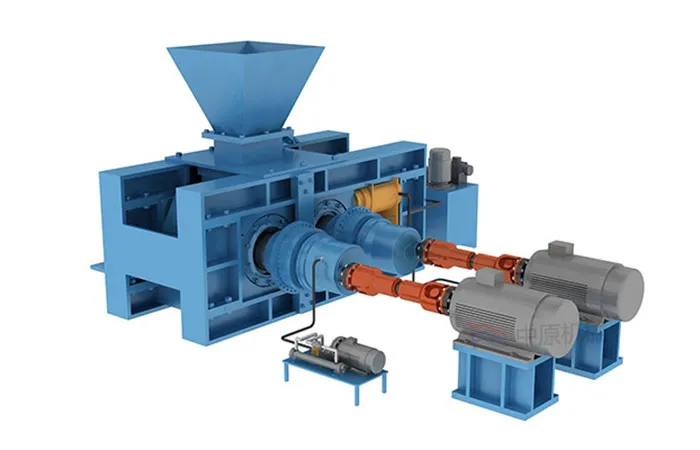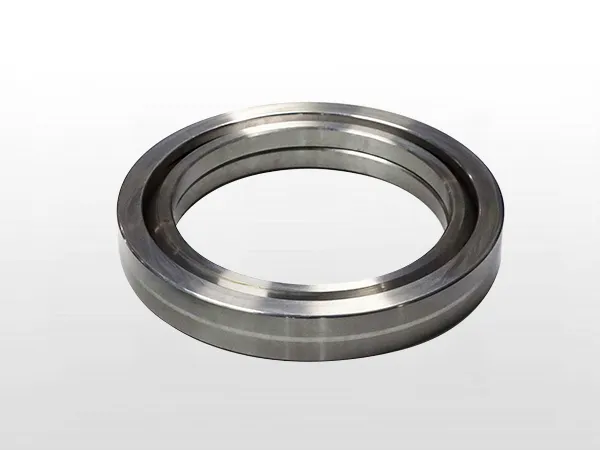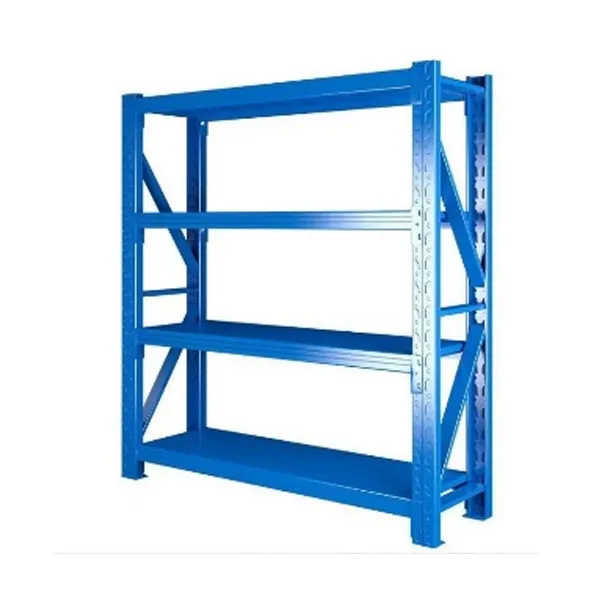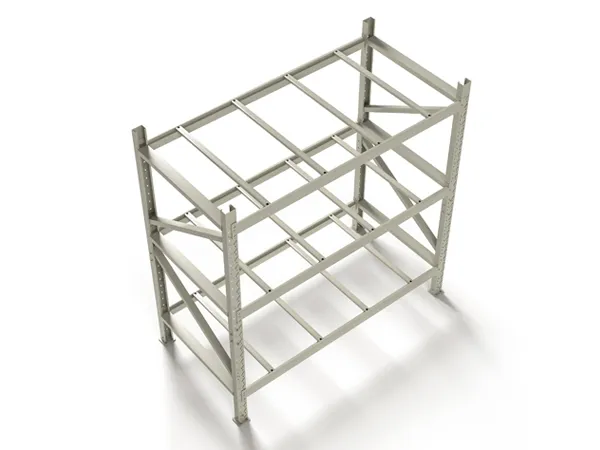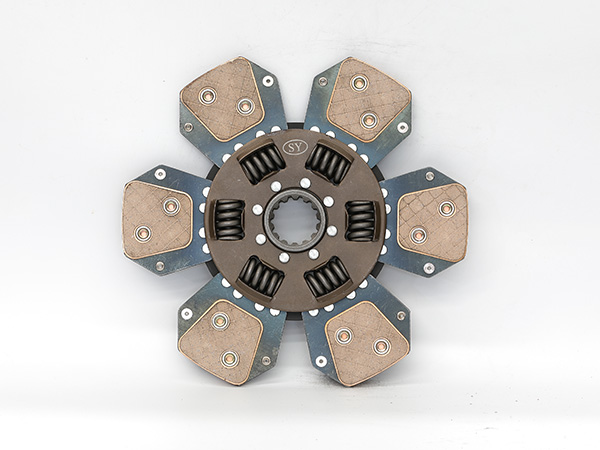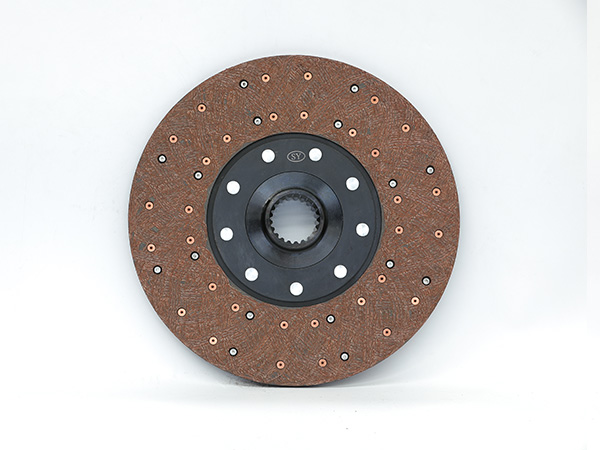A steel folding bed is a type of portable bed that is designed to fold up for easy storage and transportation. These beds typically consist of a steel frame with hinged joints that allow it to be collapsed or folded into a more compact size when not in use. They are often used as temporary sleeping solutions for guests, camping trips, or in situations where space is limited.
Steel folding beds are popular because they are durable, lightweight, and relatively inexpensive compared to other types of beds. They are available in various sizes, from single to queen, and may come with additional features such as wheels for easy mobility or built-in mattresses for added convenience.
Steel Folding Bed Installation Steps
Prepare the Area: Clear the area where you intend to set up the folding bed. Make sure there’s enough space for the bed to unfold without obstruction.
Unpack the Bed: Remove the folding bed from its packaging and lay out all the parts and hardware.
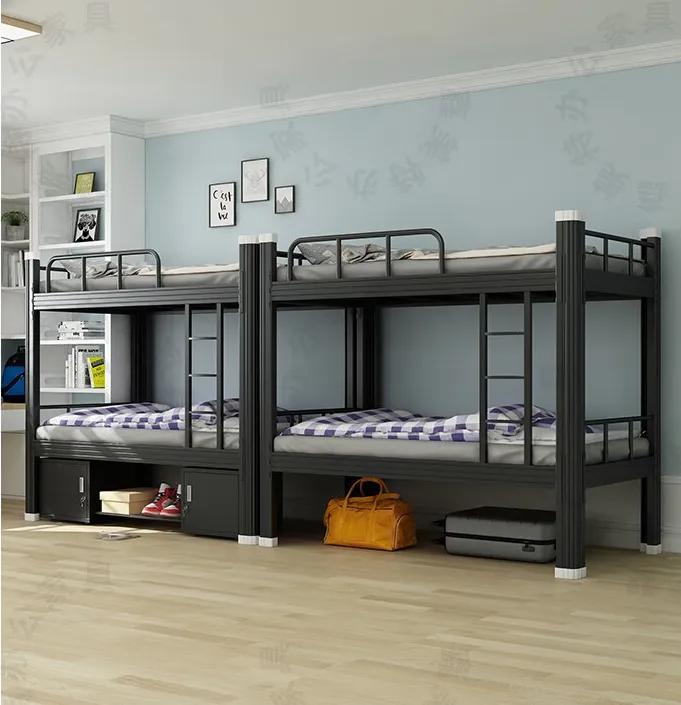
Assembly: Follow the manufacturer’s instructions for assembling the bed frame. Typically, this involves connecting the steel frame pieces together using bolts or screws. Use the provided tools if any.
Attach the Legs: Once the frame is assembled, attach the legs to the frame according to the instructions. Usually, this involves inserting the legs into designated slots on the frame and securing them with bolts or screws.
Test for Stability: Once the legs are attached, carefully stand the bed upright and check for stability. Ensure that all the parts are securely fastened and tightened.
Install Mattress Support: If the folding bed includes a mattress support system, install it according to the manufacturer’s instructions.
…
For more detailed information on steel folding bed installation, please click here: https://www.rff-global.com/a/news/steel-folding-bed-installation.html

